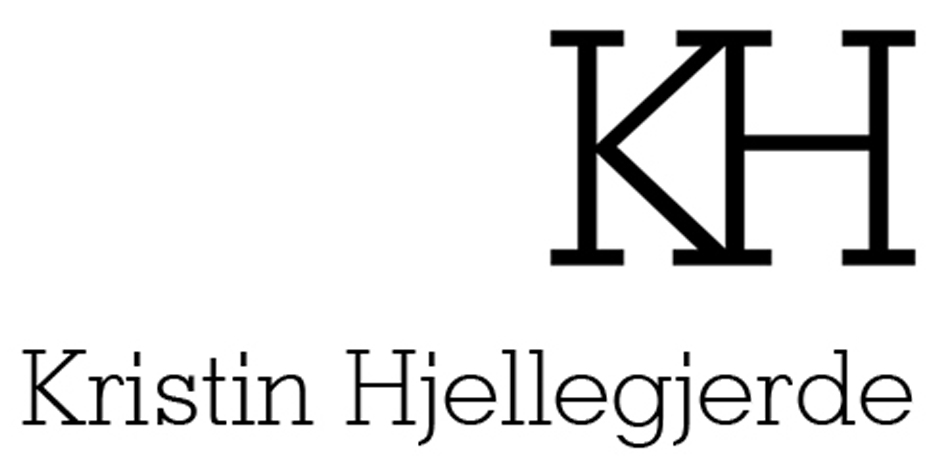Private View: Tuesday, 25th November 2025, 6-8pm
London
What do Venus fly traps, chameleons and upturned trees have to do with sinks, pipes and drains? Take a seat before you change your mind, a duo exhibition at Kristin Hjellegjerde Gallery, Tower Bridge, places Celina Teague's vivid text-based paintings in dialogue with Alexandra Searle's uncanny ceramics, exploring the ways in which objects, words and colours can wrap our perception, unsettle and deceive.
Alexandra Searle's latest series of sculptures draws on the language of plumbing and sanitaryware to create ambiguous forms that hover between the functional and anatomical, simultaneously reminiscent of body parts and the insides of a machine. These are objects that are uncomfortable to look at simply because we cannot be certain that they might not move - the bulge of a corrugated pipe that could also be a spinal cord, protruding cavities that could suck or drain, stretched surfaces that recall the sleek finish and slippage of basins and bodily substance, creases and folds that evoke concealment and the imperfections of skin.
Searle has chosen specfic colours - shades of peach and avocado - that hark back to a once-desired bathroom aesthetic but that also bring to mind flesh. Her forms balance precariously on tall metal legs or sit on stands that could belong in an operation room or scientific lab. Both their material deception and performance of display in anxiety-inducing - a confrontation with our own bodies but also with our expectations of an object. Many of the works appear in pairs as if they might fit together to create a resolution, but instead they disrupt and misalign. And there's something playfully defiant in this - in their willingness to fall neatly into any category. They are works that ask us to enter a space of unknowing.
In a similar way, Celina Teague's paintings use her signature pairing of bold, bright colours and word play to alternately seduce and provoke the viewer. Her work is part of an ongoing investigation into the ways in which news is disseminated against the ever-prevalent backdrop of climate collapse. Truth Tells Lies comprises plants such as orchids and Venus fly-traps whose appearances are designed to trick and lure in their prey while the presence of a colour-shifting chameleon points to the idea of changeability, both a survival technique and another mode of deception. The flowers in Set Fire To The Subtext are proteas or sugar bushes, a species native to South Africa where Teague was living while making these works, and that propagate best in wild fires. Their presence speaks to the mystical tenacity of nature in the face of human-induced destruction, but the words also come with a sense of irony, reflecting again on disinformation and our tendency to form opinions based on surface impressions.
These questions of resilience and destruction extend into Teague's reflections on ongoing conflict in the Middle East, where ecological imagery becomes inseparable from political violence and struggle. In The Trees Are Weeping, an olive tree has been uprooted with birds, acting as stand-ins for the displaced, precariously perching on the bare roots. The Land is Mine depicts a landscape caught between day and night, past and present - a giant foot stamps down onto the land, there's another upturned tree and a chair, a Palestinian gazelle, a serpent and an apple. The painting, titled after an animation by Nina Paley, evokes mankind's perpetual compulsion to control and conquer both other humans and the natural world.
The chair, featured here and in other works, is on of Teague's recurring motifs, and while it has previously taken prime position in her compositions, in this show it becomes an almost sideline detail, overturned or caught in the branches of a tree, suggesting a feeling of powerlessness or frustration. This careful attention to detail and ambiguity encourages the viewer to reflect rather than prescribe a single interpretation.
Teague's work never becomes didactic. Like Searle's sculptures, her paintings call for curiosity and invite us to sit with discomfort and uncertainty. Together, their works remind us that unease can be productive, opening up space for questioning rather than resolution.



